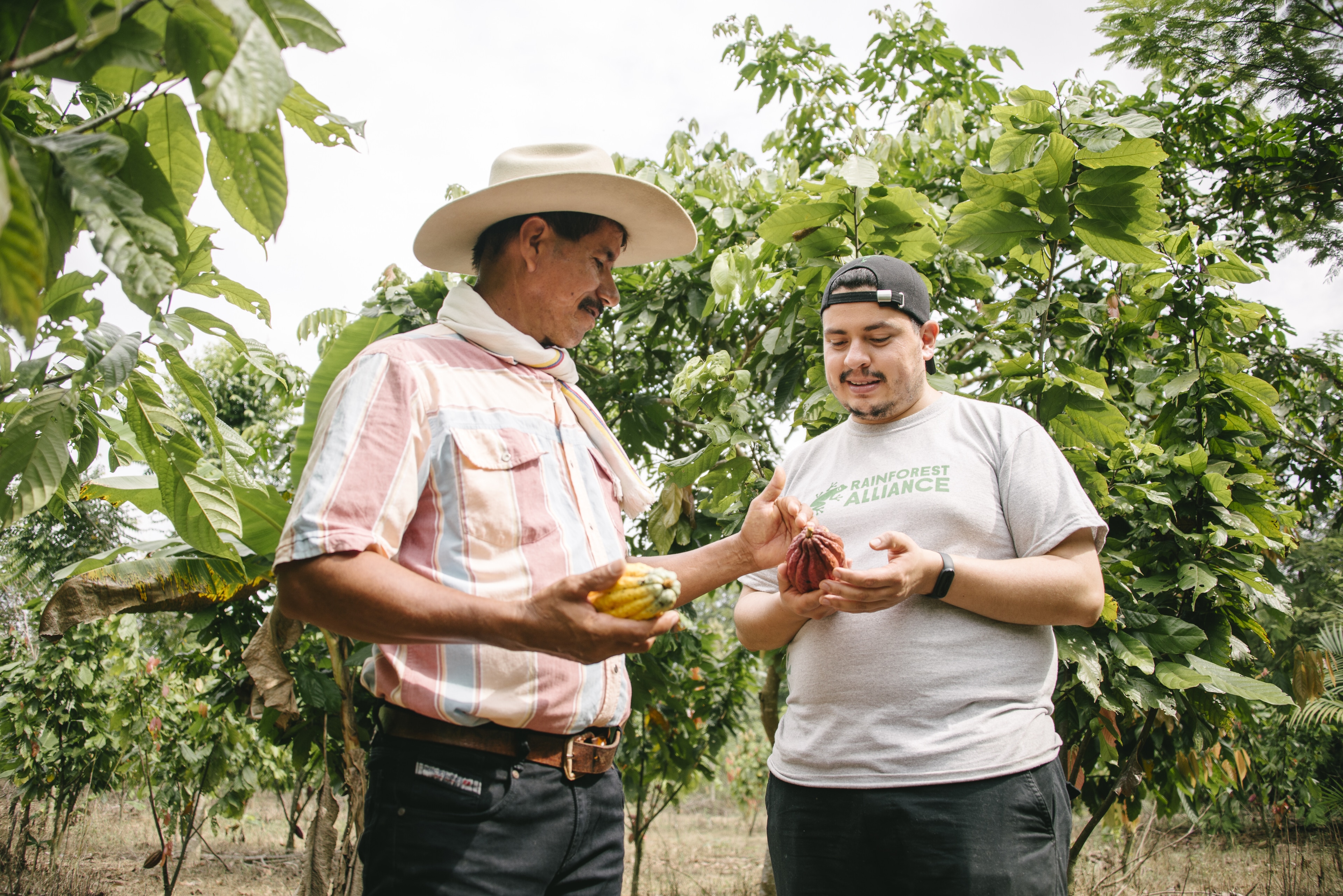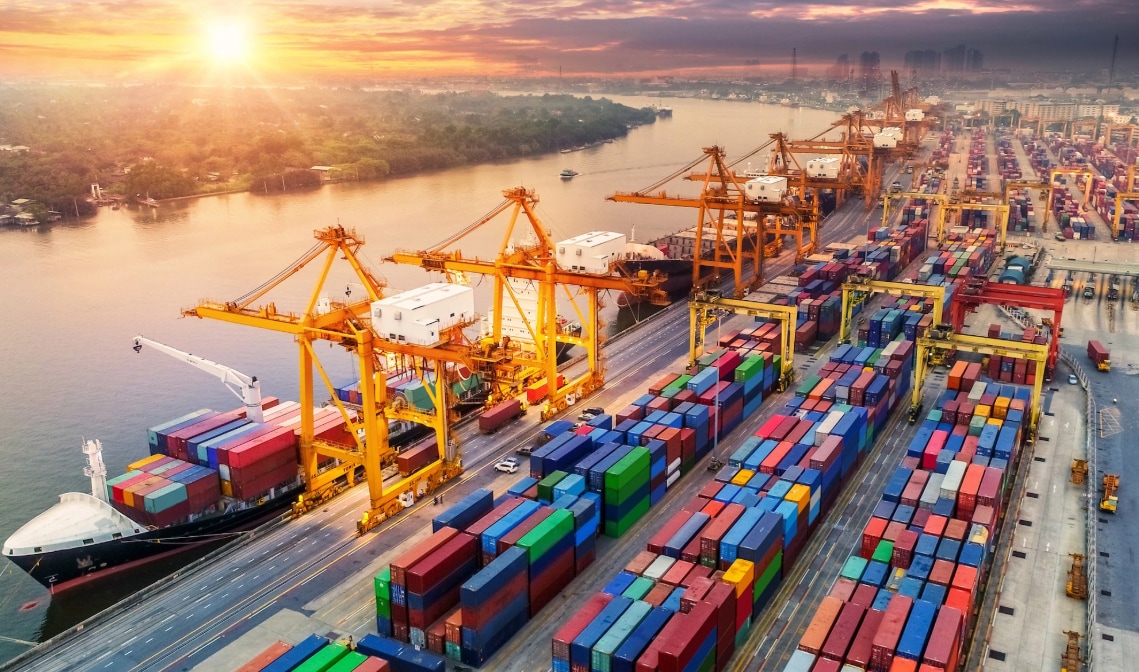Beyond greenwashing: 5 key strategies for genuine sustainability in agriculture

Companies should practice radical transparency in their supply chains to combat greenwashing.
Image: Angela Vives
- Businesses must adopt clear frameworks for regenerative agriculture, with specific goals, detailed practices and scientific methods to measure impacts.
- Successful regenerative agriculture should consider local environmental conditions and directly involve farmers, crucial to sustainable transformation.
- Companies should practice radical transparency in supply chains to combat greenwashing and make measurable and reliable claims on sustainability.
As the world awaits the usual lofty promises from the annual UN climate change conference, set to take place later this year in Baku, Azerbaijan (COP29), the urgent task is to cut through the rhetoric and separate the true sustainability champions from those just paying lip service.
Conventional agriculture no longer cuts it. Research consistently exposes that it contributes to at least a quarter of greenhouse gas emissions, consumes 70% of freshwater and drives 80% of tropical deforestation. Meanwhile, around 80% of the poorest populations live in rural areas and depend on farming to make a living.
Now, imagine a food system that flips the script – one that regenerates rather than depletes, centres rural communities and enhances economic resilience amidst unpredictable weather. Regenerative agriculture, including cover cropping, agroforestry and integrated pest management, has become a go-to term in many COP discussions – an approach I have ardently championed for years.
As we rally for this transformative shift, we need to confront the looming danger of corporate greenwashing. The recent damning FAIRR report laid bare the often reckless and misleading use of sustainability claims, jeopardizing legitimate progress in regenerative agriculture. Among the 79 agrifood companies examined, 50 boast about dedication to regenerative agriculture, yet only 18 have set concrete targets, while just four offer financial support to farmers making the transition.
Beyond greenwashing
The urgency is clear – it’s not just about acknowledging the undisputable need for regenerative agriculture but about businesses unapologetically propelling the shift from extractive to regenerative systems, leaving no room for greenwashing. Soon, companies must comply with existing and forthcoming laws, such as the EU Deforestation Regulation, US Green Guide, US Securities and Exchange Commission’s Climate Disclosure rule, and the EU Green Claims Directive, making it even more non-negotiable.
Against this backdrop, I’m convinced that companies destined for future success will embrace the following five approaches:
1. A clear framework and metrics
In the private sector, definitions of regenerative agriculture are often vague, allowing for interpretation and flexible implementation. This makes it difficult to measure and verify the effectiveness of regenerative approaches. For meaningful implementation, any framework should align with responsible market practices and explicitly outline the intended problems to solve, articulate underlying principles and practices, specify measurement methods and ensure it is science-based with measurable impacts.
The Rainforest Alliance’s Regenerative Coffee Scorecard, informed by our 35 years of experience in sustainable agriculture, exemplifies such a tool.
2. Farmers and local context at the heart of change
Successful regenerative agriculture demands an intimate understanding of local contexts, such as climate, soil conditions and biodiversity, involving farmers as the cornerstone of change. Perhaps the most important point is that for regenerative agriculture to thrive, farmers must see economic gains.
It may take them several years to begin to profit from their switch to regenerative agriculture. Since many farmers can’t – and shouldn’t – bear the cost of transitioning alone, companies and governments must reward regenerative practices and provide financial support to farmers, making the transition feasible and appealing.
3. Radical transparency, measurable claims, reliable data
Combatting greenwashing in regenerative agriculture starts with radical transparency across supply chains, from farm to shelf. Grounded in reliable data measuring biodiversity, soil health and carbon levels, among other pertinent metrics, companies should see this approach as a continuous journey, where reporting real-time impacts and acknowledging trials and errors inherent to the process of reaching net-positive has implications for people and nature are key factors.
This transparency promotes a culture of continuous improvement and lends greater credibility to company successes. Internally, achieving this transparency demands collaboration among procurement, sustainability and marketing teams to seamlessly integrate sustainability commitments across departments.
4. Building trust through recognized standards
Obtaining respected certifications adds an extra layer of credibility. These certifications independently verify and validate regenerative claims, increasing consumer trust. Savvy brand communications are critical to drive demand for regenerative food. That involves highlighting the connection between product impact and consumers’ values and benefits – such as being better for the planet, higher quality and more nutrient-rich – supported by credible data.
Studies show that consumers are ready to contribute to sustainability; but they’re looking for businesses to lead the way.
5. Long term commitment
Committing to the long haul of regenerative agriculture and maintaining strong collaborations with farmers is absolutely vital. Nature doesn’t change on our schedule; from improved soil health and heightened biodiversity to carbon sequestration and overall ecosystem resilience, the benefits of regenerative agriculture unfold gradually over time.
Recognizing that regenerative agriculture is more than just a passing trend, business leadership needs to step up, embracing it as a lasting vision and setting a new standard beyond sustainability. By doing so, companies are making their supply chains stronger and more reliable, ensuring a secure and stable supply.
Accept our marketing cookies to access this content.
These cookies are currently disabled in your browser.
While COP took until 2023 to acknowledge the immense role of food and farming in our climate crisis, the global stocktake falls short of capturing it. Business leaders, on the other hand, have been engaging in high-level talks about this for years. The time for talk has passed – it’s time to shift gears from discussions to implementation without evading the question of financing the shift.
The hidden costs of inaction are colossal, totalling $10 trillion annually (10% of global gross domestic product) – far less than the relatively modest price tag of transitioning to regenerative approaches at $250-430 billion per year.
Beyond saving our planet, it’s a golden opportunity for businesses to tap into new avenues and drive a transformative change within food and farming.
Don't miss any update on this topic
Create a free account and access your personalized content collection with our latest publications and analyses.
License and Republishing
World Economic Forum articles may be republished in accordance with the Creative Commons Attribution-NonCommercial-NoDerivatives 4.0 International Public License, and in accordance with our Terms of Use.
The views expressed in this article are those of the author alone and not the World Economic Forum.
Forum Stories newsletter
Bringing you weekly curated insights and analysis on the global issues that matter.
More on Climate ActionSee all
Jose Ignacio Galindo and Nicolas Wertheimer
July 24, 2025
David Elliott
July 22, 2025
Stephanie Dunn and Firuze Alpaydin
July 22, 2025
Muhammad Hassan Dajana and James Balzer
July 22, 2025



